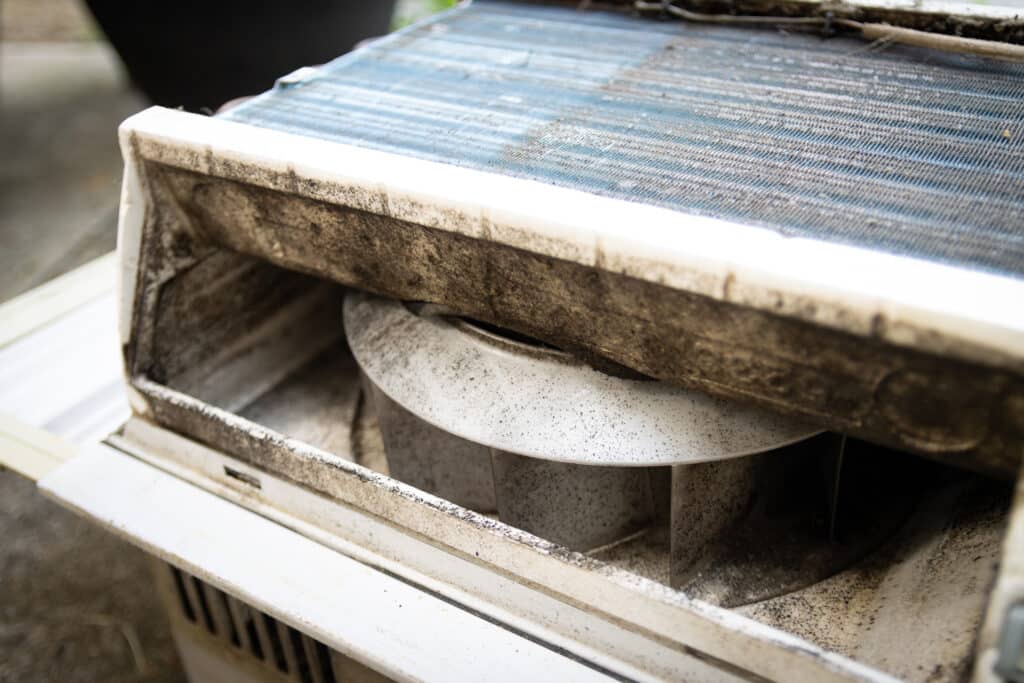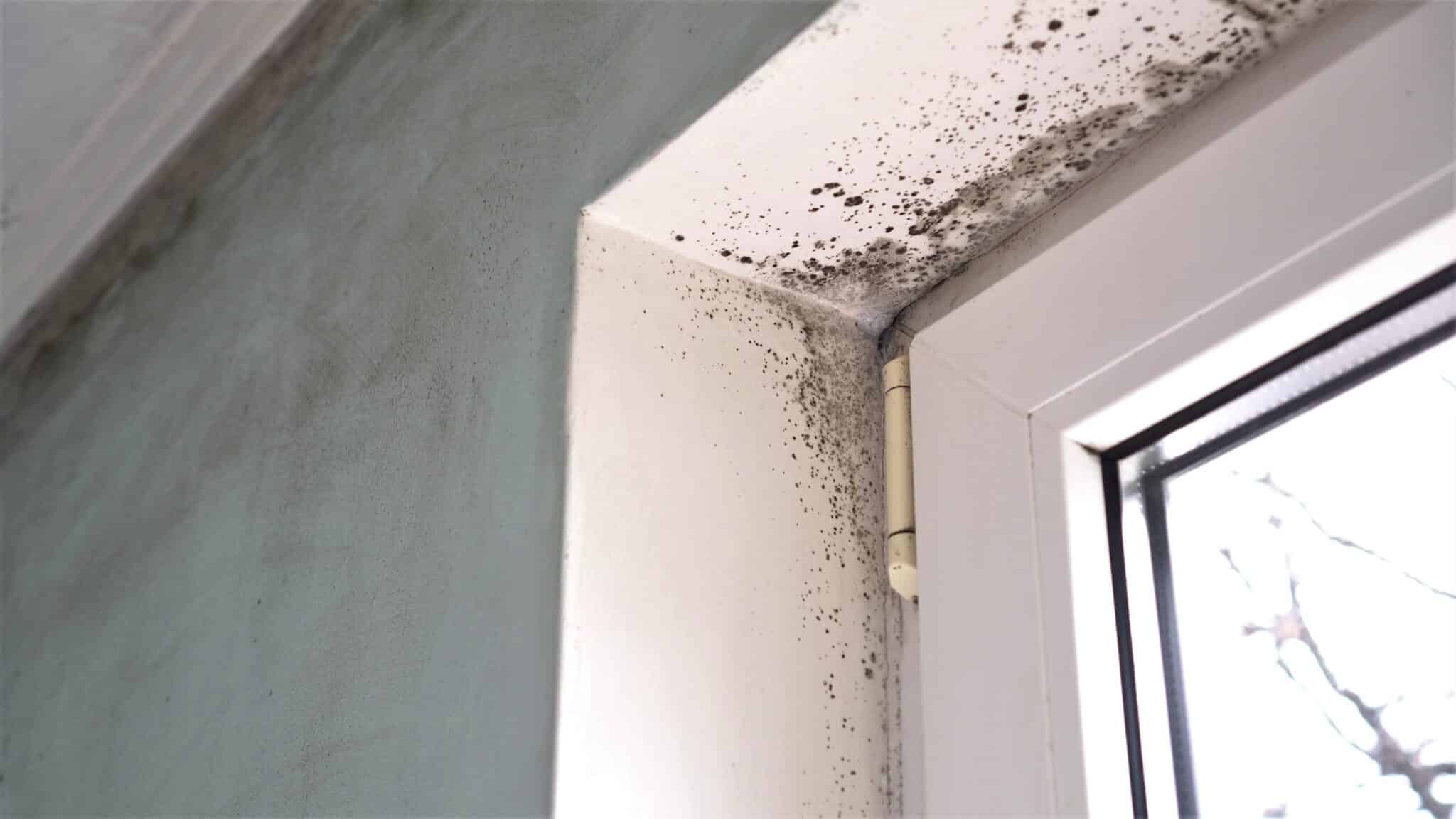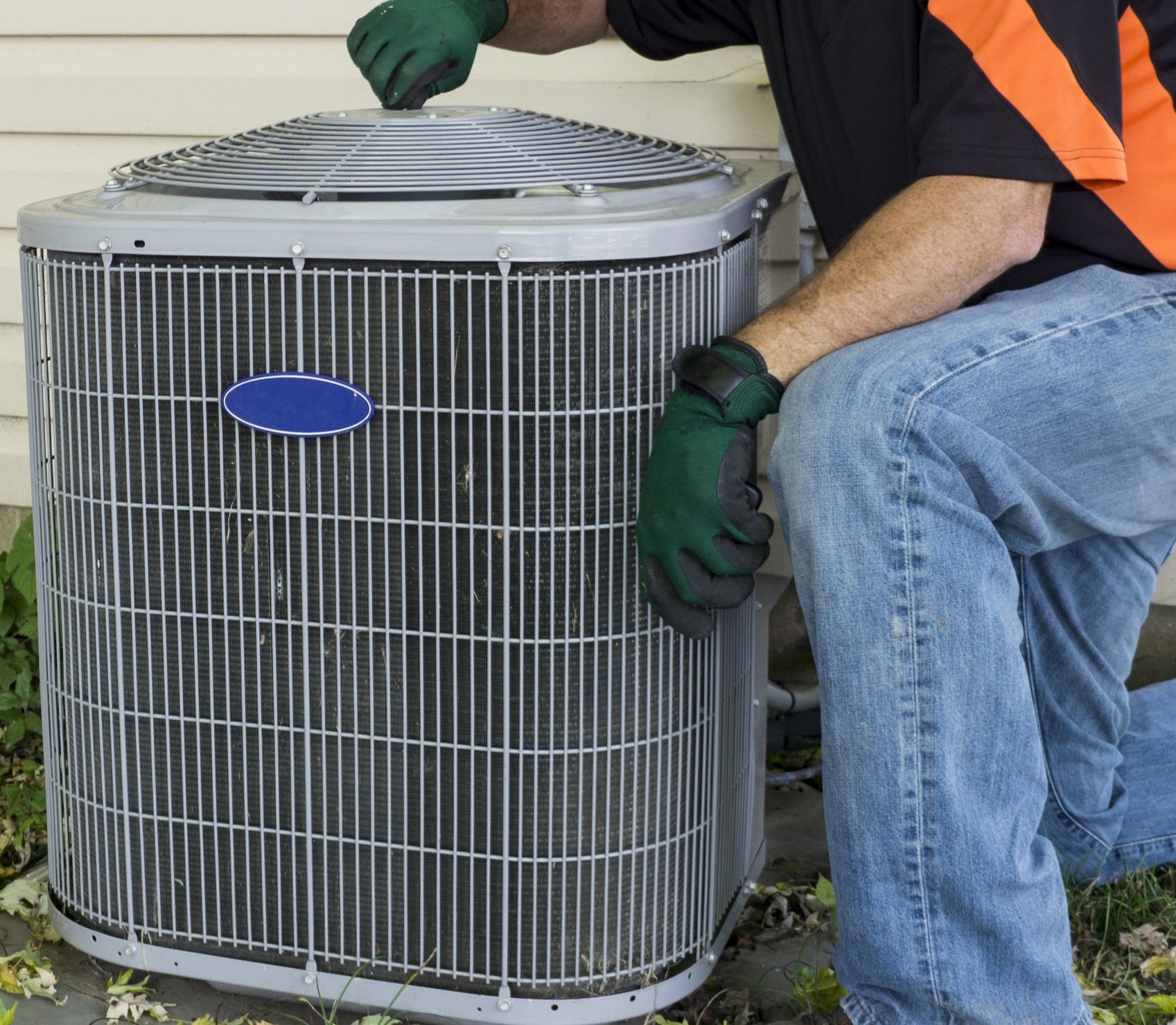
Advanced Techniques in HVAC Mold Prevention
Mold in your HVAC system is more than a nuisance, it’s a health hazard. That’s why HVAC mold prevention is crucial for homeowners in Fort Worth, TX, and beyond. Ensuring your home’s air is clean and safe requires understanding and implementing advanced techniques. With the right strategies, you can maintain a mold-free HVAC system.
In areas like Benbrook, TX, where humidity can fluctuate, the risk of mold growth increases. However, by focusing on HVAC mold prevention, residents can significantly reduce this risk. Regular maintenance and monitoring of your HVAC system are key components of keeping mold at bay. These practices not only enhance air quality but also extend the lifespan of your system.
Grapevine, TX, homeowners also face challenges with mold due to local climate conditions. Adopting expert HVAC mold prevention techniques can make all the difference. From proper ventilation to humidity control, several strategies can help prevent mold growth. It’s about creating an environment where mold cannot thrive.
Ultimately, HVAC mold prevention is about safeguarding your home’s air quality and your family’s health. Fort Worth, TX, residents have every reason to prioritize this. By understanding and applying advanced mold prevention methods, you can enjoy a cleaner, healthier home. Stay tuned as we delve deeper into these techniques, ensuring your HVAC system supports a mold-free environment.
Understanding Mold: Causes and Effects in HVAC Systems
To understand HVAC mold prevention, it’s essential to grasp how mold infiltrates these systems. Mold thrives in moist, dark places, making HVAC units in cities like Benbrook, TX, perfect breeding grounds. High humidity levels, leaks, or condensation within the system can all contribute to mold growth. By identifying these risk factors, homeowners can take proactive steps to mitigate them.
Implementing regular HVAC inspections plays a crucial role in mold prevention. During these checks, professionals can spot early signs of moisture or mold buildup. This is particularly important in areas like Grapevine, TX, where fluctuating humidity levels can increase mold risk. Timely intervention can prevent mold from spreading and compromising air quality.
Humidity control within the home is another effective strategy for preventing mold in HVAC systems. Keeping indoor humidity levels between 30% and 50% makes it harder for mold to grow. This can be achieved through the use of dehumidifiers or by ensuring your HVAC system is properly sized for your home. Correct sizing ensures efficient operation and moisture control.
Lastly, improving ventilation is key to preventing mold growth. Ensuring that air circulates freely throughout your home helps to keep moisture levels in check. This includes using exhaust fans in high-moisture areas like kitchens and bathrooms. Good ventilation ensures that moisture and mold spores are less likely to settle in your HVAC system, promoting a healthier living environment.
Essential HVAC Mold Prevention Strategies
To ensure HVAC mold prevention, regular filter changes are a must. A clean filter traps mold spores, preventing them from circulating through your home. Homeowners in Benbrook, TX, can benefit from changing their filters every one to three months. This simple step greatly reduces the risk of mold growth in HVAC systems.
Sealing ducts properly also plays a crucial role in mold prevention. Leaks in ductwork can introduce moisture and mold spores into the system. By having a professional seal and insulate ducts, residents in Grapevine, TX, can maintain a dry and mold-free HVAC system. This action stops mold before it finds a foothold in your home.
Another strategy involves using UV lights in the HVAC system. UV lights can kill mold and bacteria, preventing their growth. Installing UV lights in key areas of the system ensures clean, mold-free air circulates throughout your home. It’s an advanced technique that fortifies your mold prevention efforts.
Finally, scheduling professional HVAC maintenance is essential. A skilled technician can identify and address potential mold issues before they escalate. They ensure the system operates efficiently, keeping humidity and moisture under control. Regular maintenance is the backbone of effective HVAC mold prevention, safeguarding your home’s air quality.
The Role of Humidity Control in Preventing HVAC Mold
Humidity control is paramount in the battle against HVAC mold. By maintaining indoor humidity levels between 30% and 50%, homeowners in Benbrook, TX, create an environment less conducive to mold growth. Devices like dehumidifiers or smart HVAC systems help regulate moisture, ensuring the air is neither too dry nor too moist. This balance is crucial for preventing mold spores from finding the damp conditions they need to thrive.
In Grapevine, TX, where the climate can contribute to fluctuating indoor humidity levels, residents can benefit from integrating humidity sensors into their HVAC systems. These sensors monitor the air’s moisture content in real time, allowing the system to adjust automatically. By keeping humidity levels in check, these smart systems play a significant role in HVAC mold prevention, promoting a healthier indoor air environment.
Properly using exhaust fans in areas of high moisture, such as kitchens and bathrooms, also supports humidity control efforts. These fans expel excess moisture outside, preventing it from circulating through your home and settling within the HVAC system. Ensuring these fans are used during and after activities that produce a lot of steam or humidity can make a significant difference in maintaining optimal indoor moisture levels.
Lastly, the role of professional HVAC maintenance cannot be overstated in managing humidity and preventing mold. Technicians can assess the system’s efficiency and make necessary adjustments to improve moisture control. Regular check-ups ensure that the system is not only functioning correctly but also effectively managing the humidity levels within your home, laying a solid foundation for HVAC mold prevention.

Advanced Air Purification Techniques for Mold Prevention
Exploring advanced air purification techniques can significantly enhance HVAC mold prevention efforts. One effective method involves integrating air purifiers with HEPA filters into your HVAC system. These filters capture mold spores and other particulates, preventing them from circulating through your home. As a result, residents in Benbrook, TX, can enjoy cleaner air and a reduced risk of mold growth.
Another innovative approach is the use of photocatalytic oxidation (PCO) technology within HVAC systems. This process uses UV light in combination with a catalyst to transform mold spores and other contaminants into harmless substances. By deploying this technology, homeowners in Grapevine, TX, can attack mold at the molecular level, ensuring their indoor air remains pristine.
Maintaining clean air ducts is also crucial for preventing mold in HVAC systems. Regular duct cleaning removes dust, debris, and potential mold spores that could proliferate. This proactive measure supports overall system efficiency and contributes to a healthier living environment by eliminating potential breeding grounds for mold.
Finally, incorporating plant-based air purifiers into your home can offer a natural boost to your HVAC mold prevention strategy. Certain indoor plants are known for their air-purifying properties, absorbing contaminants and releasing clean oxygen. This natural solution complements mechanical and technological approaches, rounding out a comprehensive mold prevention plan.
HVAC Maintenance Tips for Effective Mold Prevention
Ensuring your HVAC system remains mold-free starts with regular maintenance, a key step for homeowners in Benbrook, TX. By scheduling seasonal check-ups, professionals can catch and address moisture issues early. This preventive measure keeps the system running smoothly, reducing the likelihood of mold growth. Proper maintenance also ensures that all parts of the HVAC system function efficiently, minimizing damp conditions that mold spores thrive in.
In Grapevine, TX, it’s wise to keep the HVAC system’s drainage areas clear of debris. Blocked drain lines can lead to water backups, creating a perfect environment for mold to flourish. Homeowners should regularly inspect these areas, especially after heavy rainfalls or in high humidity seasons. Keeping these lines clear supports overall HVAC mold prevention efforts, safeguarding your home’s air quality.
Another tip involves running your HVAC system periodically, even when not strictly needed for temperature control. This practice helps to circulate air within your home, preventing the stagnation that can lead to mold growth. It’s a simple yet effective strategy to maintain a mold-free environment. Regular use of the HVAC system aids in detecting potential issues sooner, allowing for timely interventions.
Lastly, consider upgrading to a smart thermostat that can help manage indoor humidity levels. These devices can be programmed to maintain optimal conditions for preventing mold growth. By automating temperature and humidity controls, homeowners can effortlessly create an environment where mold struggles to survive. This modern approach to HVAC mold prevention offers a convenient and effective way to protect your home.
Innovative HVAC Technologies for Mold Prevention
Innovative HVAC technologies have become a game-changer in the fight against mold. In Benbrook, TX, homeowners are turning to systems equipped with advanced moisture sensors. These sensors actively monitor the air, adjusting the HVAC operations to maintain ideal humidity levels. This proactive approach significantly aids in HVAC mold prevention, keeping homes safer and more comfortable.
Smart HVAC systems are also making a big impact in Grapevine, TX. These systems learn from your habits and adjust heating and cooling cycles accordingly. By optimizing airflow and temperature, they prevent conditions that mold thrives under. Such smart technology not only enhances comfort but also plays a crucial role in preventing mold growth.
Another cutting-edge solution involves HVAC units with built-in dehumidifiers. These units tackle the problem at its core by reducing excess moisture in the air. By maintaining a dry environment, they make it difficult for mold to establish itself. This technology is especially useful in areas prone to high humidity, offering an extra layer of protection.
Lastly, the integration of air quality monitors with HVAC systems offers real-time insights into the home environment. These monitors can detect the presence of mold spores and other allergens. When paired with a responsive HVAC system, they ensure the air remains clean and healthy. This synergy between technology and prevention is a powerful tool in maintaining mold-free homes.

Professional HVAC Mold Prevention and Inspection Services
Turning to professional HVAC mold prevention and inspection services offers a comprehensive approach to keeping your home mold-free. Experts in Benbrook, TX, are equipped with the tools and knowledge to identify and address mold risks effectively. They perform thorough inspections, identifying areas prone to mold growth and suggesting practical solutions. This proactive measure ensures your HVAC system remains in optimal condition, safeguarding your home’s air quality.
In Grapevine, TX, professionals specialize in implementing advanced HVAC mold prevention strategies. They understand the local climate’s impact on your system and apply tailored solutions to mitigate mold risks. By leveraging their expertise, homeowners can enjoy peace of mind, knowing their system is less likely to harbor mold. These services are essential for maintaining a healthy living environment, free from air contaminants.
Regular professional maintenance is a cornerstone of effective HVAC mold prevention. Technicians can spot early signs of moisture accumulation and take corrective action. This preventive approach keeps the system running efficiently, reducing the likelihood of mold growth. Moreover, regular check-ups extend the lifespan of your HVAC system, ensuring it performs well year-round.
Lastly, professional services often include educating homeowners on maintaining a mold-resistant environment. They provide valuable tips on improving ventilation and humidity control, crucial factors in mold prevention. By following expert advice, residents can take active steps in keeping their homes mold-free. Engaging with professionals not only protects your HVAC system but also enhances the overall health of your indoor space.
Implementing a Mold Prevention Plan for Your HVAC System
Implementing a mold prevention plan for your HVAC system begins with understanding the specific needs of your home. In Benbrook, TX, where the climate can contribute to mold growth, it’s vital to assess your system’s current state. This includes checking for any leaks or moisture accumulation that could foster mold. Taking these initial steps ensures you’re addressing the right issues from the start.
Next, focus on enhancing air circulation and reducing humidity levels within your home. For residents in Grapevine, TX, this might mean using dehumidifiers or improving ventilation in moisture-prone areas. Ensuring that your HVAC system circulates air efficiently can significantly reduce the risk of mold. These actions create an environment less hospitable to mold spores.
Regular cleaning and maintenance of your HVAC system are also crucial components of a mold prevention plan. This involves scheduling professional inspections to clean ducts and replace filters as needed. Keeping your system clean not only improves air quality but also prevents mold spores from spreading throughout your home. It’s a proactive approach that pays off in maintaining a healthy living environment.
Lastly, educating yourself and your family on the importance of preventing mold in your HVAC system is essential. Understanding the signs of mold growth and the steps to take if you suspect an issue can make a significant difference. By staying informed and vigilant, homeowners can ensure their efforts in HVAC mold prevention are effective. Together, these strategies form a comprehensive plan to keep your home’s air clean and mold-free.
Frequently Asked Questions
What causes mold in HVAC systems?
Mold in HVAC systems often starts with excess moisture. This can come from leaks or high humidity levels in the air. Poor ventilation also contributes by not allowing damp air to escape. Regular maintenance and cleaning are key to HVAC mold prevention, ensuring a healthier air quality at home.
How can I detect mold in my HVAC?
Detecting mold in your HVAC system often starts with a musty smell in your air. You might also see visible mold around air vents or ducts. Unusual allergy symptoms can also hint at mold presence. For thorough HVAC mold prevention, consider professional inspections to catch hidden mold.
What are the health risks of HVAC mold?
HVAC mold poses several health risks, affecting air quality and well-being. It can trigger allergies, causing symptoms like sneezing and coughing. For those with asthma, mold can worsen their condition, leading to more severe attacks. It’s also linked to respiratory infections, making HVAC mold prevention crucial for a healthy home environment.
How does HVAC mold prevention work?
HVAC mold prevention involves controlling moisture and ensuring proper airflow in your system. Regular maintenance checks help identify leaks early, stopping mold before it starts. Cleaning air ducts and replacing filters also play a crucial role in keeping the air clean. Ultimately, professional services ensure your system runs efficiently, protecting your home from mold risks.
Can regular maintenance prevent HVAC mold?
Yes, regular maintenance plays a key role in preventing HVAC mold. By keeping the system clean and moisture-free, it stops mold growth before it begins. Experts check for leaks and ensure proper airflow during these routine checks. This proactive approach is essential for maintaining a healthy, mold-free home environment.


